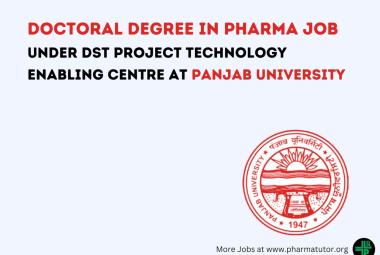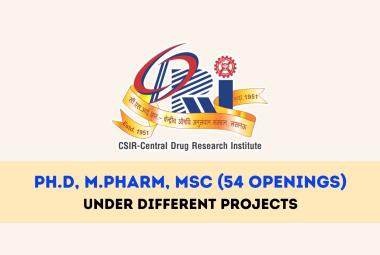ADR MONITORING: AN ESSENTIAL NEED FOR BETTER HEALTH CARE AND SAFETY
{ DOWNLOAD AS PDF }
 ABOUT AUTHORS
ABOUT AUTHORS
Annu*, Priyanka
Department of Pharmaceutical Sciences,
Maharshi Dayanand University, Rohtak, Haryana, India.
*annu.gvm@gmail.com
ABSTRACT
Adverse drug reaction (ADR) is the noxious and unintended response that occurs at the dose of drug normally used for prophylaxis, diagnosis or therapy of disease. ADRs cause a huge burden on the modern society because of the increase incidence of the morbidity and mortality. ADRs can occur with any class of drugs and the availability of the more and more number of therapeutics increases the risk of ADRs consequently. It has been found that the maximum numbers of ADRs occur more among infants and children and also they are generally more severe as compared to adults. ADRs are of particular interest in today’s practice because clinical trials are done in the limited number of the subjects and therefore the drug which is found safer in the clinical trial may produces serious ADRs. The most common reason for this is that the clinical studies generally have limited sample size and have low statistical power. Therefore the ADRs monitoring is an essential need for the better health care and therefore the health care centre should promotes the spontaneous monitoring, reporting, documentation and prevention of ADRs.



 ABOUT AUTHORS
ABOUT AUTHORS ABOUT AUTHORS
ABOUT AUTHORS









.png)


